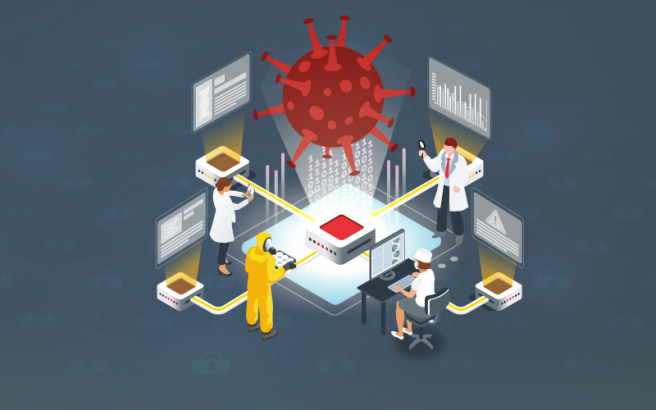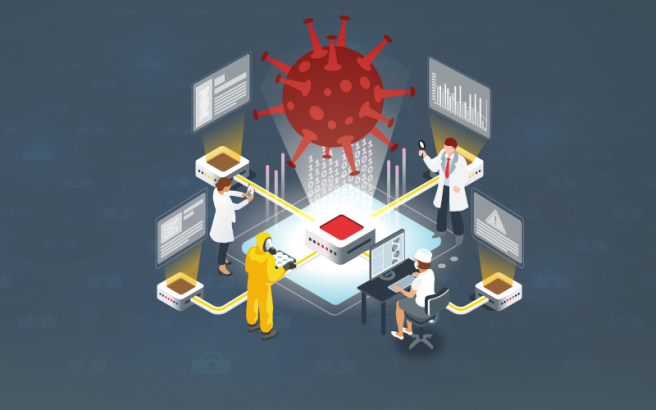
In the year 2022 and as is reflected in the article “Industrial Security 2022 in numbers”, cyberattacks in all industrial sectors have increased by around 30 % in the third quarter of 2022 and it is estimated that the number of organizations or industrial manufacturers victims of a cyberattack was around 40% in the last year. Especially in the industrial sector, the number of attacks has grown exponentially due to the massive introduction of IoT devices (it is expected to go from 13.5 to 21.5 million connected devices in three years) or more specifically about IIoT devices, which have been the main gateway for attacks as manufacturers have prioritized features and mass-production of devices over the security. In addition, this is compounded by planned obsolescence planned (increasingly present in this type of devices), increased interoperability and connectivity and the appearance of new types of malware and exploits which are much more effective.

Nobelium es la denominación de Microsoft para un grupo de atacantes que, según la atribución llevada a cabo por la Agencia de Seguridad de Infraestructura y Ciberseguridad (CISA) de Estados Unidos, pertenecen al Servicio de Inteligencia Exterior (SRV) de Rusia. Este grupo criminal es conocido por el ataque a la cadena de suministro de SolarWinds, y una campaña masiva de phishing haciéndose pasar por una empresa de desarrollo estadounidense.

This post presents some lines of action that should be followed to deal with a DrDoS cyberattack based on the ARD protocol, describing in detail the prevention, identification and response phases to follow.

Weaknesses in TCP protocol implementation in middleboxes could provide a means to carry out distributed reflection denial-of-service (DrDoS) attacks against any target.

All organisations must be prepared so that, after the impact of a cyberattack, it may change, improve and adapt its processes and services. For this reason, it is necessary to protect the main business processes using a set of tasks that allow the organisation to evolve after a serious incident to redesign its strategies and minimise the possible impact of future cyberattacks

This post presents some lines of action that should be followed to deal with a DrDoS cyberattack based on the Memcached protocol, describing in detail the prevention, identification and response phases to follow.

Anatsa is a banking Trojan designed for Android devices that has become particularly relevant since its discovery in January 2021. Throughout the study, a detailed technical analysis of the threat is carried out using a sample of the malicious code in question to show how this malware behaves and the possibilities it offers.



